Familiar Faces Of Film Noir: These Ladies Were at the Forefront of the Genre
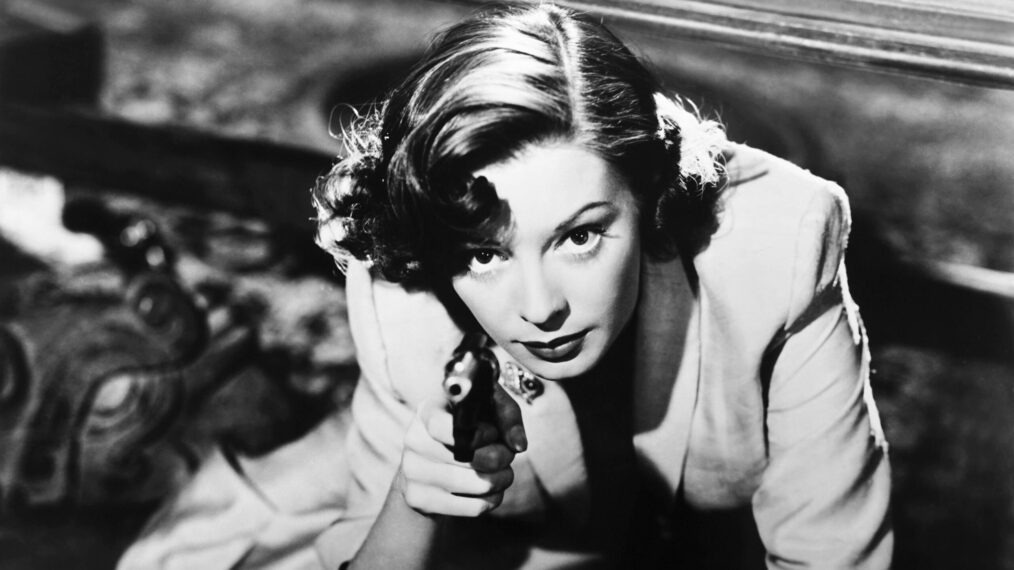
When a femme fatale makes her entrance in a noir film, there’s no mistaking her because trouble brews around her like an aura. When she appears in the door, our first look at her is like a diamond held up to the light — white-hot and freezing at the same time. There’s lots of hair and leg and eye contact. Her dress is diaphanous and with enough curve to make even a tough guy sweat bullets. Angel with heartbreaker eyes, devil with a blue dress on: Fate, say hello. Cue saxophone!
Where did she come from? She was a more complicated woman than the cutout molls of the gangster films of the ’30s. A fully fleshed-out woman, flush with sexuality and ambition while still managing (most times) to pack a decent heart. Maybe World War II shook things up. Maybe not every Rosie the Riveter got married and headed for the suburbs after the war, instead becoming her own hero — tough, cool and independent, concealing her vulnerability in sateen and black leather. And maybe sexist norms in 1940s Hollywood were going to have their way with bad girls no matter what.
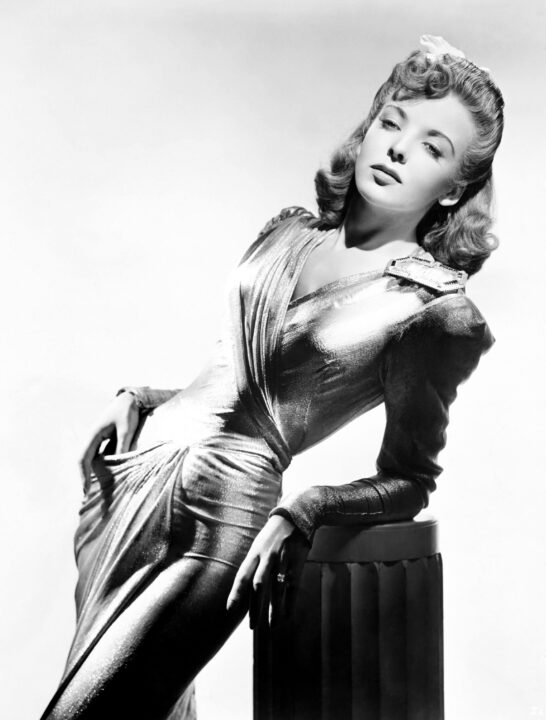
Everett Collection
Many of the leading ladies of film noir had just missed their rise to full Hollywood stardom, bringing to their B-movie roles an angry candescence. Ida Lupino was the daughter of an English actress and song-and-dance man, so the expectation was always that she would make the transition from stage to screen. Dubbed “the English Jean Harlow,” Lupino went on to become “the poor man’s Bette Davis” in Hollywood, picking up roles that Davis had refused. She went on to play a number of bad-girl parts in movies of the ’40s (playing the fatale in They Drive by Night and High Sierra). But Lupino had greater gifts than acting, and eventually she found her way behind the camera as a director, producer and writer.
The queens of noir were willing to use darker wiles than the charming smile of compliant femininity to grab that golden ring. They would lie and cheat and even murder to win it. Lizabeth Scott in Too Late for Tears (1949) used poison, lies, sex and a gun to keep dirty money from reaching its rightful recipient. Jane Greer in Out of the Past (1947) used her wiles to work a fortune out of two men.
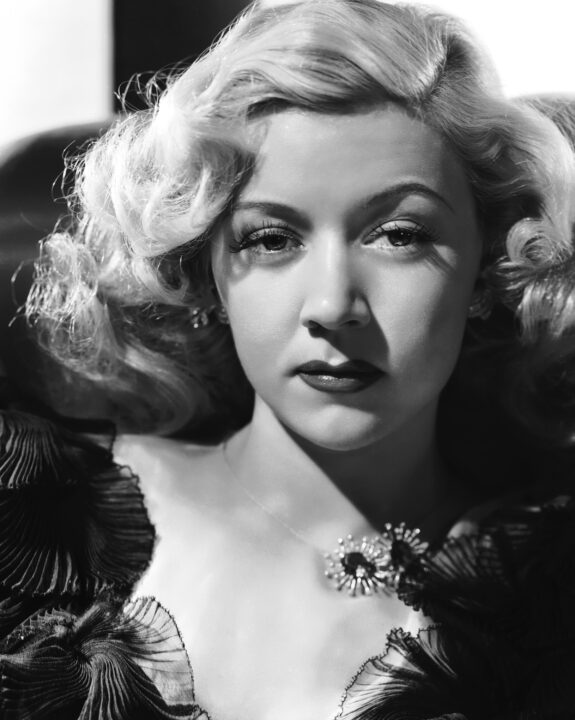
Everett Collection
There’s always something heartbreaking about a fatale’s irresistible wiles. Gloria Grahame was cast as the lovable tart Violet Bick in It’s a Wonderful Life, but, believing she would never achieve A-list stardom, Grahame worked the darker side of Hollywood. She would star in a host of noir classics, including Crossfire (1947), Sudden Fear (1952), Human Desire (1953) and The Big Heat (1953). She was beautiful and tough, emitting a vulnerability coiled around a dangerous heat both sexual and violent. Offscreen Grahame’s love life was just as turbulent, with four marriages (including the son of her second husband) and four children.
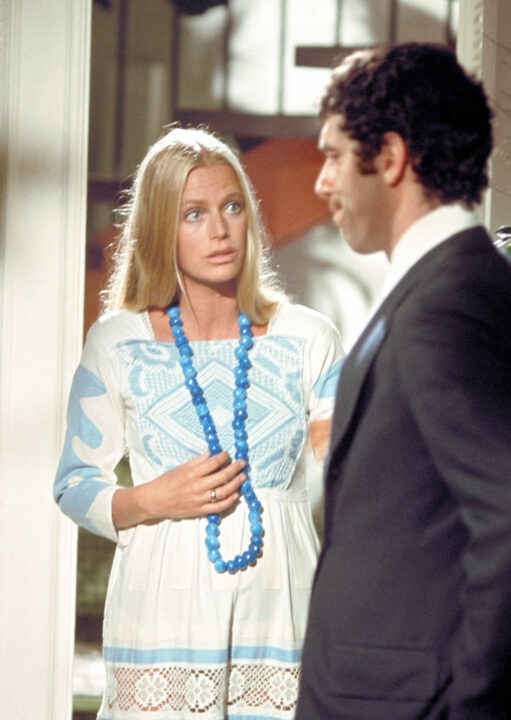
Everett Collection
Femme fatales would continue to appear in later neo-noir movies — Nina van Pallandt (pictured) in The Long Goodbye (1973), Faye Dunaway in Chinatown (1974), Sean Young in Blade Runner (1982) and Kim Basinger in L.A. Confidential (1997).
Kathleen Turner made her film debut as the ruthless Matty Walker in Body Heat (1981). Turner is so alluring — a tangle of curves and a sultry, throaty voice — that her lover (played by William Hurt) will do anything to drench himself in her flame,
up to and beyond murder.
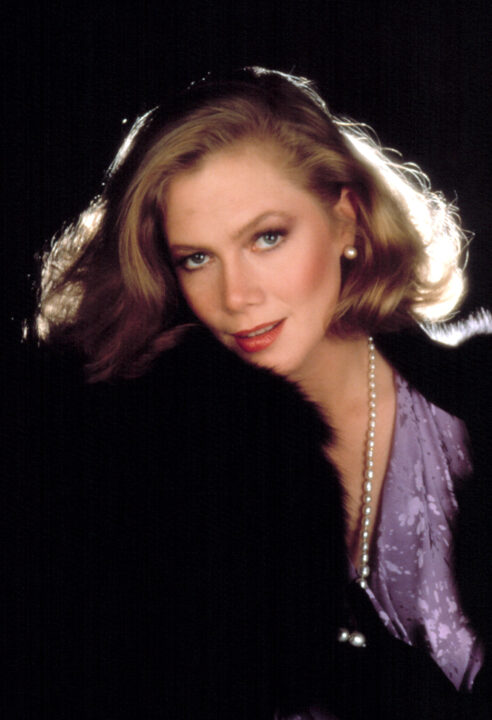
Everett Collection
Turner would go on to A-list fame in Romancing the Stone (1984), Prizzi’s Honor (1985) and Peggy Sue Got Married (1986), but it was her voice-over of the va-va-voomy Jessica Rabbit in the live-action/animated fantasy film Who Framed Roger Rabbit (1988) that gave us the most indelible fatale of them all, too good to be true, too curvy to be good, too truehearted for her own good. When Jessica sauntered, the entire movie sashayed along. But don’t fault Jessica. “I’m not bad,” she famously said to Eddie Valiant (played by Bob Hoskins). “I’m just drawn that way.”
Aren’t they all?
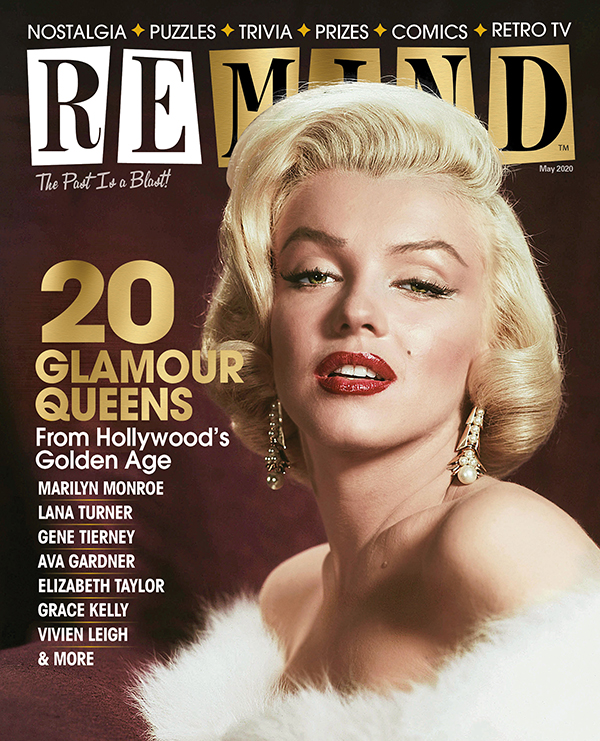
Hollywood Glamour
May 2020
Celebrate the most glamorous leading ladies from the Golden Age of Hollywood
Buy This Issue